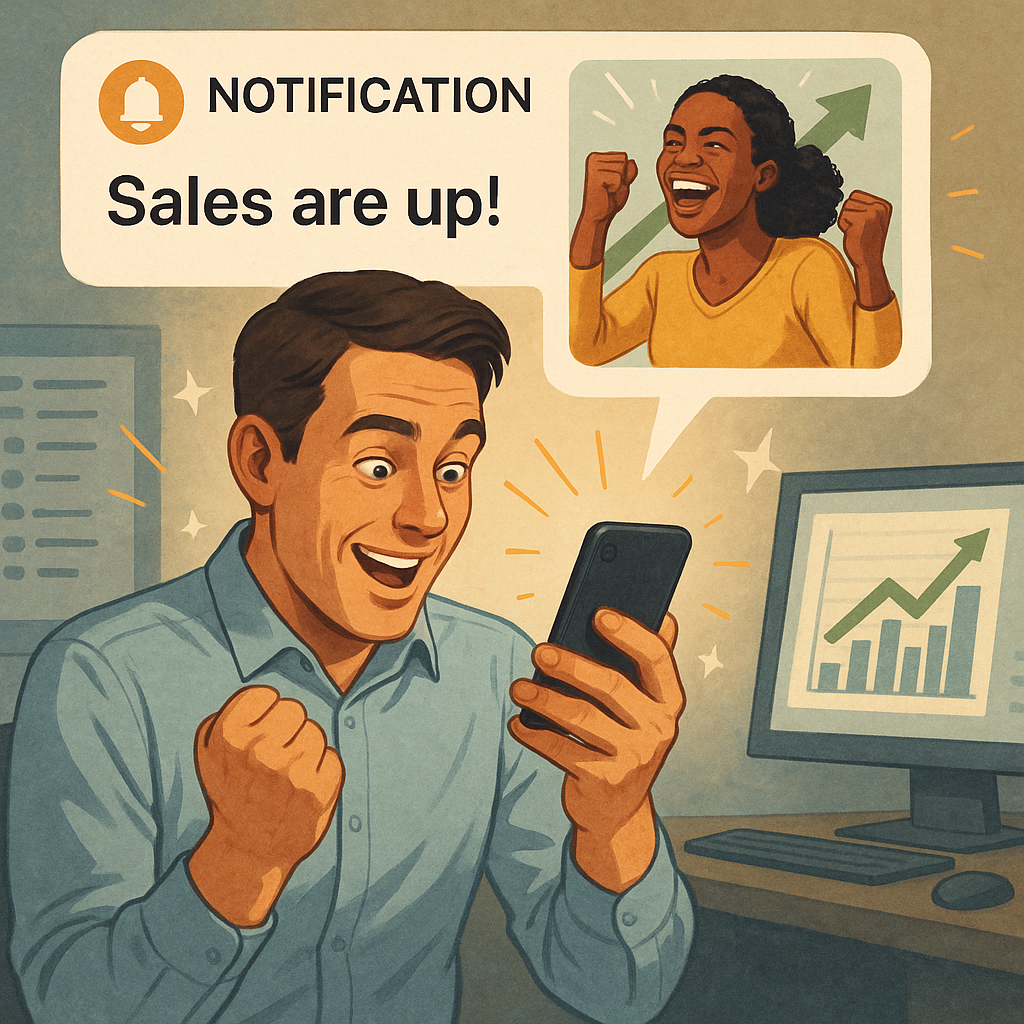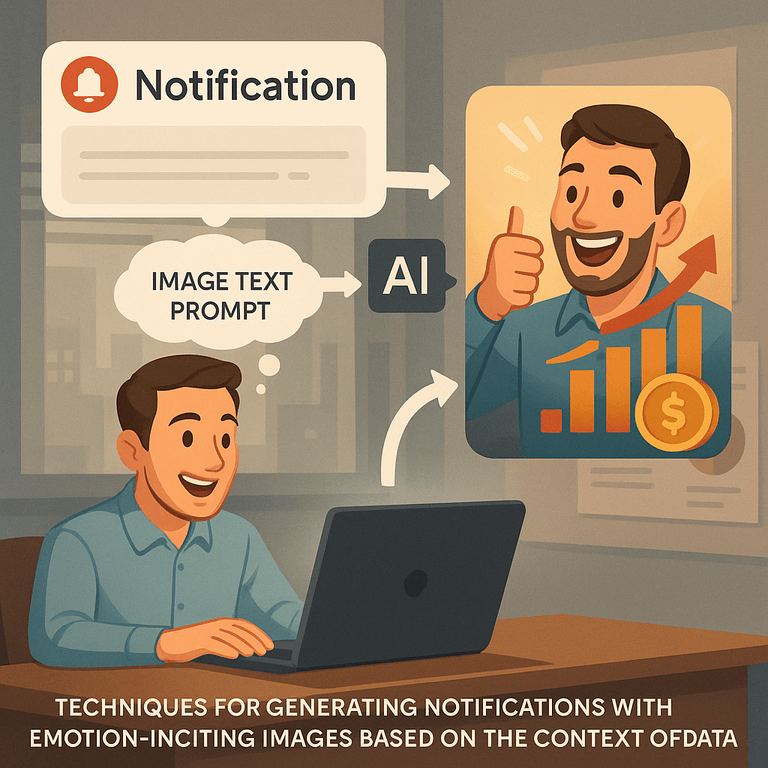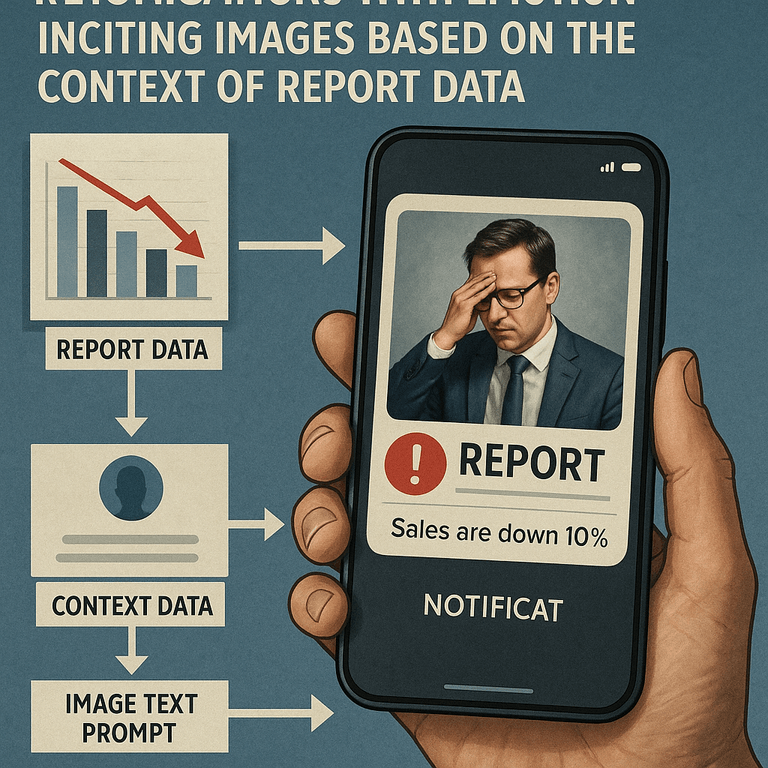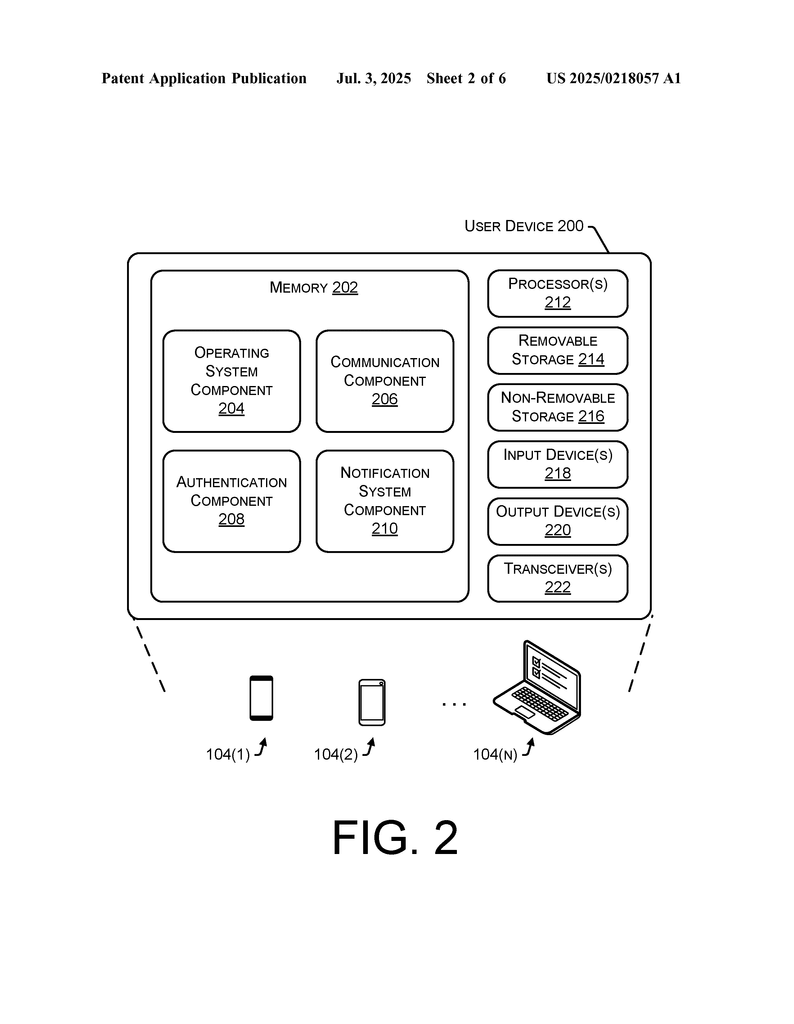Invented by Myron; Peter P., Mitchell; Michael J.
Imagine you get a work alert or a report about a system issue. The message is full of numbers, maybe a graph, and some words about “performance metrics.” You look at it, shrug, and move on. Maybe you even miss something important because it just doesn’t catch your eye. Now, picture getting the same alert, but this time, there’s a vivid, powerful image with it—the kind of picture that makes you feel something right away. Suddenly, you understand the urgency, and you know you have to act. That’s the promise of a new patent application that uses artificial intelligence to make notifications more emotional and actionable.
Background and Market Context
The world is swimming in data. At work, at home, on our phones, and on our computers, we get alerts about everything from network problems and customer complaints to climate reports and financial updates. Companies use notification systems to send these alerts, hoping people will pay attention and act fast. But there’s a big problem: information overload. When people get too many messages or see too much data, they stop caring. Some call it “data fatigue.” Others just ignore the alerts, which can be a big risk if a real problem needs quick action.
Traditional notification systems focus on facts and numbers. They may send graphs or charts to show what’s happening. But not everyone understands these visuals, and not everyone is trained to spot what’s important right away. Even for experts, the steady stream of data can become background noise. As a result, key issues get missed, and response times suffer.
Businesses have tried to solve this by changing how they present data, adding summaries, or color-coding alerts. But these fixes only go so far. What’s missing is a way to really connect with people’s emotions—to make them care about what’s in the alert, understand its urgency, and take the right steps. This is where the new approach comes in: using artificial intelligence (AI) to generate images that match the context and urgency of each notification, so recipients feel the importance right away.
This is more than a fancy idea—it’s a response to real needs in today’s fast-paced, high-pressure digital workplaces. With remote teams, global operations, and ever-increasing complexity, companies need better ways to cut through the noise, especially when seconds count. The market is ripe for smarter, more engaging notifications that do more than just inform—they move people to act.
Scientific Rationale and Prior Art
To understand why this invention is important, it helps to look at how notifications have worked in the past—and why those methods fall short.
Most traditional notification systems rely on plain text or standard visuals, like bar graphs or pie charts. These tools are good for showing information, but they’re not always great at making people feel the urgency or importance of what’s being reported. Some systems try to help by using colors—red for danger, green for good—but this only works so well. If someone is tired, busy, or not trained to interpret the data, they might still miss the point.
Another approach has been to personalize alerts by sending them only to people who need them, or by adjusting the timing or format. This can help cut down on noise, but it doesn’t address the deeper issue: how to make each message stick and spark action.
Recent advances in artificial intelligence have made it possible to generate images from text. These AI image generators use complex models to create pictures based on prompts. In other fields, like marketing or entertainment, these tools have been used to make content more eye-catching and engaging. But until now, no one had put all these pieces together in the context of notifications—using machine learning to analyze report data, understand who’s receiving the alert, figure out how urgent or serious it is, and then create a custom image that matches all that context.
There have been some attempts to use images in notifications, but these are usually static icons or generic photos. They don’t change based on the data, the recipient, or the situation. They don’t react to feedback or get better over time. This is where the new invention stands out: it uses smart models that learn from both the data in the report and the person receiving the alert, then creates images designed to push the right emotional buttons.
The scientific insight here is simple but powerful: people respond faster and more strongly to images that make them feel something. Whether it’s a sense of urgency, concern, or even excitement, emotions drive action. By combining the latest in AI image generation, machine learning, and user feedback, this system aims to turn simple notifications into messages that truly move people.
Invention Description and Key Innovations
At its core, the invention is a smarter notification system. Here’s how it works, step by step, using very simple language.
First, the system receives a report. This report could be about anything—maybe a network is down, a sales goal was missed, or air pollution levels are high. The report comes with lots of details: numbers, facts, and maybe some graphs.
Next, the system figures out who needs to receive this alert. It checks a database of users, looking at things like who is on call, what their job is, and even their personal interests or hobbies if that information is available. For example, maybe one person likes cats, another loves golf, and another doesn’t share much personal info at all.
Then, the system uses machine learning models to look at both the report data and the user info. These models are trained to pull out key context:
- What is the report about? (Is it about the network, finances, customer service, or something else?)
- Who is the audience? (Is this for a tech team, for managers, or for outside partners?)
- How serious is the situation? (Is it urgent, moderate, or not a big deal?)
- What is the tone? (Is the news positive, negative, or somewhere in between?)
With all this context, the system creates a text prompt for an AI image generator. This prompt is designed to match both the facts of the report and what will resonate with the recipient. For instance, if the system failure is very serious and the recipient is a cat lover, the prompt might be “an angry cat next to a litter box that is on fire.” If the issue is about missing a sales target and the person likes golf, the prompt could be “an annoyed golfer missing a putt.”
The AI image generator then creates a unique image based on this prompt. The image is meant to grab attention and spark the right emotion—urgency, concern, or whatever is needed to get the recipient to act.
The system also adapts the image for different delivery methods. If the alert is being sent by text message, it might use a lower-resolution image to save data and load faster. If it’s an email, it can use a higher-quality image.
But the innovation doesn’t stop there. After the notification is sent and the recipient sees the image, the system asks for feedback. Was the image appropriate? Did it match the seriousness of the situation? Was it helpful? This feedback gets stored along with the original report, the prompt used, and the image itself.
Over time, the machine learning models use this feedback to get better. If users say the image was too extreme or not clear enough, the system learns and adjusts. It can even change how much weight it gives to different pieces of context—like putting less emphasis on personal hobbies for certain types of reports, if users find that distracting or unhelpful.
This creates a loop of constant improvement. The more the system is used, the better it gets at matching the right image to the right situation and the right person. This is very different from older systems, which never learn or get smarter over time.
Here are some of the key innovations that set this invention apart:
- Context-Aware Image Generation: The system looks at both the data in the report and the personal context of the recipient, creating images that are not just relevant, but also emotionally targeted.
- Machine Learning Integration: The models are trained to analyze text, understand tone and severity, and link these to visual prompts for the AI image generator.
- User Feedback Loop: The system collects feedback after each notification and uses it to retrain the models, so the process keeps getting better.
- Personalization: Images can be tailored based on user hobbies or job roles, making them more likely to catch attention and drive response.
- Flexible Delivery: The system adapts image quality and format based on how the notification is being sent, ensuring fast and smooth delivery across devices.
All these features work together to solve the core problem: helping people notice, understand, and act on important alerts—even when they are tired, busy, or not experts in reading reports and graphs.
Practical Examples
Let’s look at how this might play out in real life.
Suppose a company’s network goes down. The system detects the issue and prepares to send an alert to the IT team. For one team member who hasn’t shared any personal info, the image might be a “dumpster fire”—a strong, funny way to show things are bad and action is needed. For another team member who loves cats, the image is an “angry cat by a burning litter box.” For a manager who is a golfer, it’s an “annoyed golfer missing a putt.” Each image is tuned to the person, the situation, and the urgency.
If the alert is less serious—maybe just a minor slowdown—the images and tone change. Maybe it’s just a “dumpster” without flames, or a “cat looking bored,” or a “golfer looking puzzled.” This helps avoid overreacting to small issues or causing alert fatigue.
Over time, as users give feedback (“That image was too much,” or “That helped me understand the problem”), the system gets smarter. It learns which images work best for which people and situations, so future alerts are even more effective.
How It Works Under the Hood
The whole system is built on a few main parts:
There’s a server that receives and stores all report data. It checks who needs to get each alert, using a subscriber database. Machine learning models analyze the text of each report, finding important details like what the report is about, how serious it is, and what tone it should have. These models also look up user info—like hobbies, job titles, and preferences—to help tailor the alert.
Once the system knows the situation and the recipient, it creates a text prompt for the AI image generator. This generator could be a service like DALL-E, Midjourney, or any other tool that can turn text into images. The output is an image designed to catch attention and match the emotion needed.
The system then packages the image with the alert and sends it out, adjusting the image size and format as needed for different devices or delivery methods.
Finally, after the alert is delivered, the system asks for feedback and stores all related data. This feedback is used to retrain the underlying machine learning models, closing the loop and making the system smarter with every use.
Why This Matters
This new approach is more than just a technical upgrade—it’s a shift in how we think about communication. By using AI to create images that connect with people’s feelings, the system helps break through overload and makes sure important messages don’t get lost. It makes notifications more inclusive, too, helping people who may not be experts in reading charts or graphs understand what’s happening and why it matters.
For companies, this means faster responses when things go wrong, fewer missed alerts, and better engagement across the board. For individuals, it means clearer, more meaningful messages that are easier to act on.
Conclusion
The patent application we’ve explored offers a fresh, actionable solution to a very real problem: making critical notifications stand out and drive action in a world full of data. By blending smart context analysis, AI-powered image generation, and continuous learning from user feedback, this system turns bland alerts into powerful, emotion-rich messages. It’s a step forward for anyone who needs to communicate important information—whether in business, healthcare, public safety, or beyond. As technology keeps moving forward, the ability to connect with people on an emotional level will be more important than ever, and this invention shows a clear way to make that possible.
Click here https://ppubs.uspto.gov/pubwebapp/ and search 20250218057.




